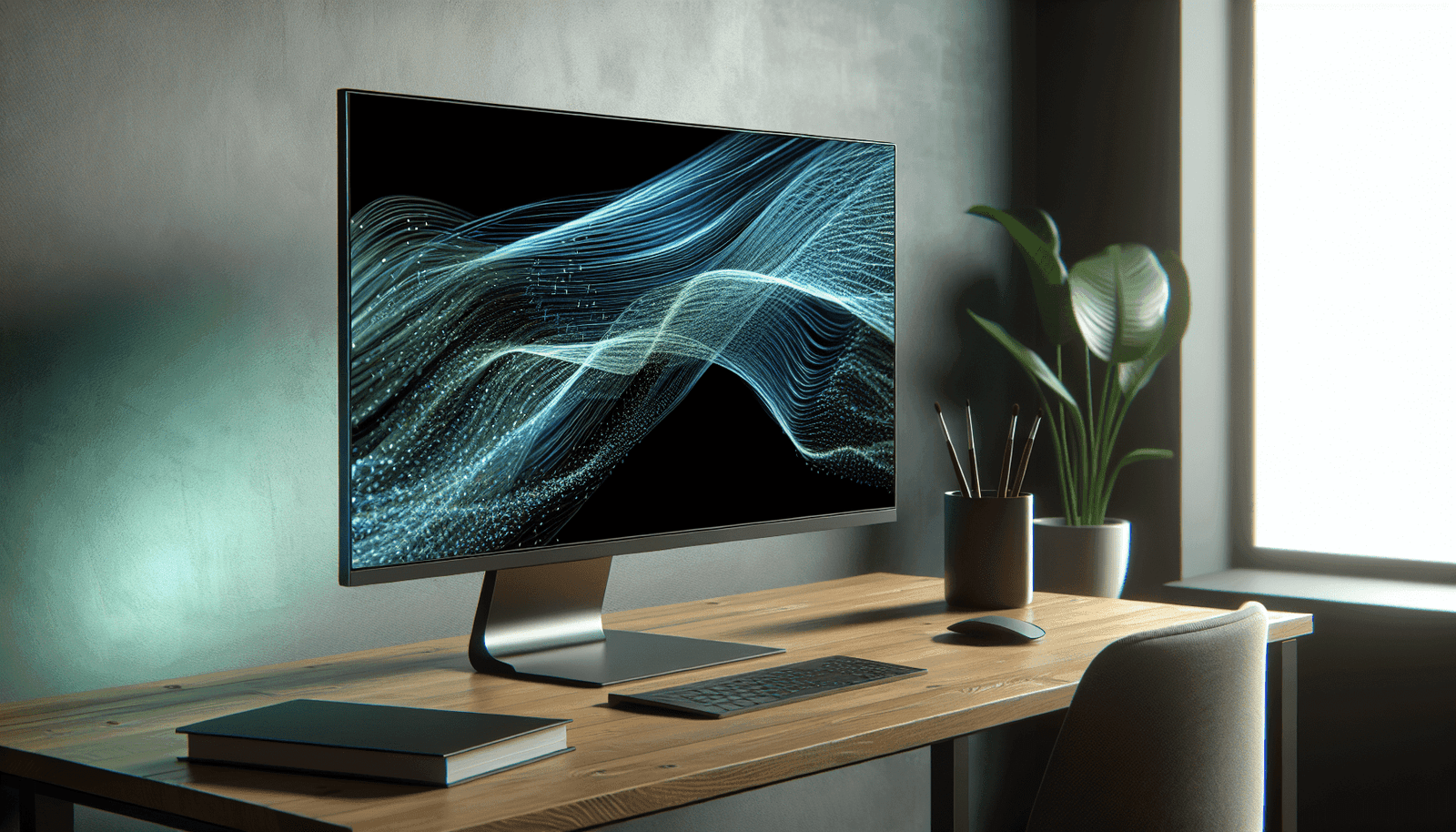Have you ever found yourself wondering why your Zoom screen share appears to lag at the most inconvenient moments? Rest assured, you’re not alone. In an era where virtual meetings have become a staple of our working and personal lives, experiencing smooth screen sharing is crucial for effective communication. Understanding the nuances behind screen sharing performance can greatly improve your overall experience when using Zoom.
Understanding Screen Sharing on Zoom
Screen sharing is more than just broadcasting what’s on your monitor. When you share your screen on Zoom, you’re engaging in a complex process where your computer captures, encodes, and transmits the visual data to all meeting participants. It’s essential to grasp how this works to identify why lag might occur.
How Screen Sharing Works
When you share your screen, Zoom takes a snapshot of what is displayed, compresses it into packets of data, and sends these packets over the internet to the participants. The receiving end then decodes and displays them. Various factors can influence this process, leading to possible delays or lags.
Importance of Screen Sharing in Virtual Communication
Screen sharing enhances communication by allowing real-time collaboration, making information clear and accessible. Whether you’re presenting quarterly results or explaining a complex process, seamless screen sharing is key to maintaining the flow of your presentation and keeping your audience engaged.
Factors Contributing to Zoom Screen Share Lag
Understanding the root causes of screen sharing lag can help you pinpoint potential solutions. Here are some primary elements to consider:
Internet Connection
Your internet connection is arguably the most significant factor. Reliable and high-speed internet is crucial for Zoom to transmit screen data efficiently. Latency, bandwidth, and stability all contribute to how your screen share performs.
Hardware Limitations
Your computer’s capabilities can also impact performance. If your device lacks efficient processing power, RAM, or a capable graphics card, it might struggle to keep up with the demands of screen sharing.
Zoom Application Settings
Zoom provides various settings to help manage the quality and performance of your shared screen. If these settings are not optimized for your specific situation, they could cause lag.
System Background Activities
Programs running in the background on your computer can consume precious resources needed for smooth screen sharing. Identifying and mitigating these can help improve performance.
Diagnosing and Fixing the Lag
Knowing what might cause the lag is half the battle. Let’s explore steps to diagnose the problem and solutions to enhance your Zoom screen sharing experience.
Testing Your Internet Speed
Start by testing your internet speed using an online tool. Zoom typically requires a minimum bandwidth of 3 Mbps for optimal performance. If your speed is below this, consider upgrading your internet plan or switching to a wired connection if possible.
Upgrading Hardware
If your hardware is the limiting factor, consider upgrading components such as increasing RAM or switching to a more robust CPU or graphics card. While an investment, this can significantly enhance your overall computer performance, not just for Zoom.
Optimizing Zoom Settings
Tweak your Zoom settings to match your requirements. Lowering the screen resolution or frame rate can reduce the load on your internet and device, thus minimizing lag. You can find these settings in Zoom’s Preferences under “Share Screen.”
Minimizing Background Processes
Before starting a Zoom session, close any unnecessary programs and processes running in the background. Use the Task Manager on Windows or Activity Monitor on Mac to identify and terminate these resource hogs.
Keeping Software Updated
Ensure that both your Zoom application and your system’s operating software are up to date. Updates can provide important performance enhancements and bug fixes.
Advanced Solutions for Reducing Lag
If basic troubleshooting doesn’t resolve the issue, there are more advanced strategies that you can implement.
Prioritizing Zoom Traffic
If possible, configure your router to prioritize Zoom traffic. This can be done by altering Quality of Service (QoS) settings, which help your network prioritize bandwidth allocation to specific applications.
Using a Dedicated Graphics Card
If screen sharing lags during graphical presentations or animations, consider using a dedicated graphics card for Zoom. This offloads graphical rendering from your main CPU, possibly smoothing out the performance.
Screen Resolution and Display Options
If you’re using a high-resolution monitor, consider lowering the display resolution during your Zoom sessions. Less data is easier and quicker to transmit over the internet.
Utilizing Cloud-Based Sharing Options
If static images or documents are causing the lag, use Zoom’s cloud sharing features to share files or data stored in the cloud. This can reduce the local computing power required and improve share speeds.
Preemptive Measures: Prevent Screen Share Lag
Proactively managing factors affecting Zoom screen sharing can prevent many issues from arising in the first place.
Regular Maintenance
Regularly cleaning your system from digital clutter can keep it in peak condition, ensuring optimal performance.
Following Best Practices for Virtual Meetings
Ending tasks that hog resources before a meeting begins and choosing optimal settings based on your audience and presentation material can prevent most issues.
Building a Reliable Setup
Investing in a solid internet connection, stable hardware, and appropriate software can position your setup as a reliable foundation for any virtual engagement.
Conclusion
Screen sharing lags on Zoom can be distracting and potentially undermine the effectiveness of your virtual meetings. However, identifying the root cause of the lag and applying targeted solutions can dramatically enhance your screen sharing experience. By optimizing your setup and employing the right strategies, you can minimize disruption and keep your audience focused on the content you’re presenting. Remember, a little preparation goes a long way in ensuring a smooth and professional virtual presentation.



